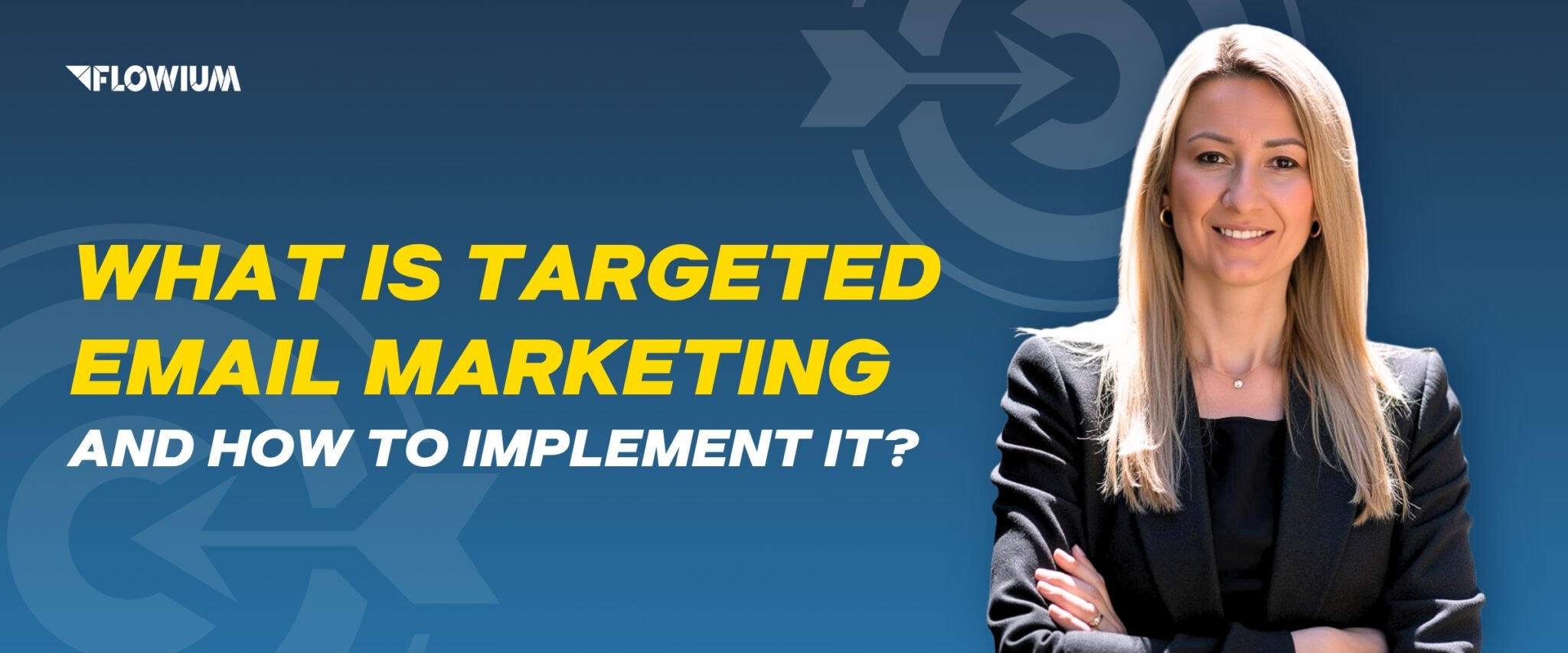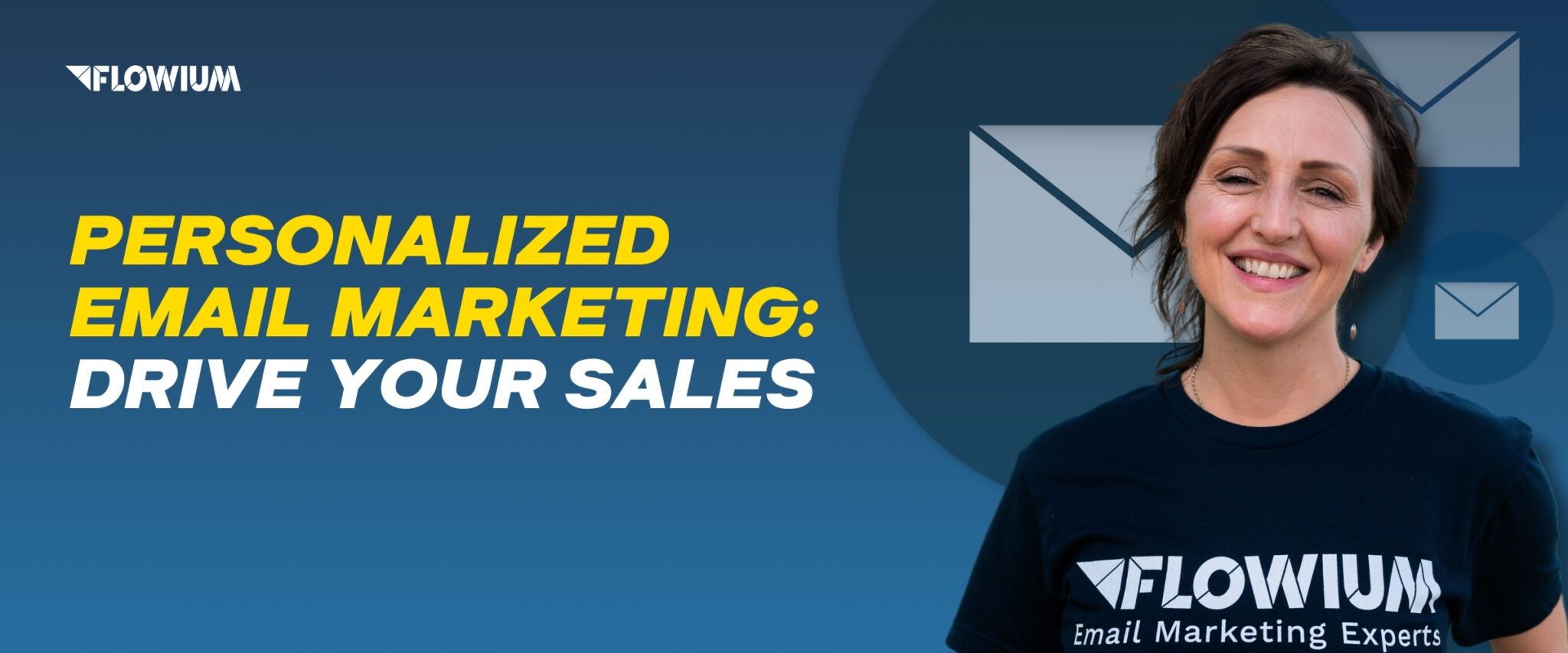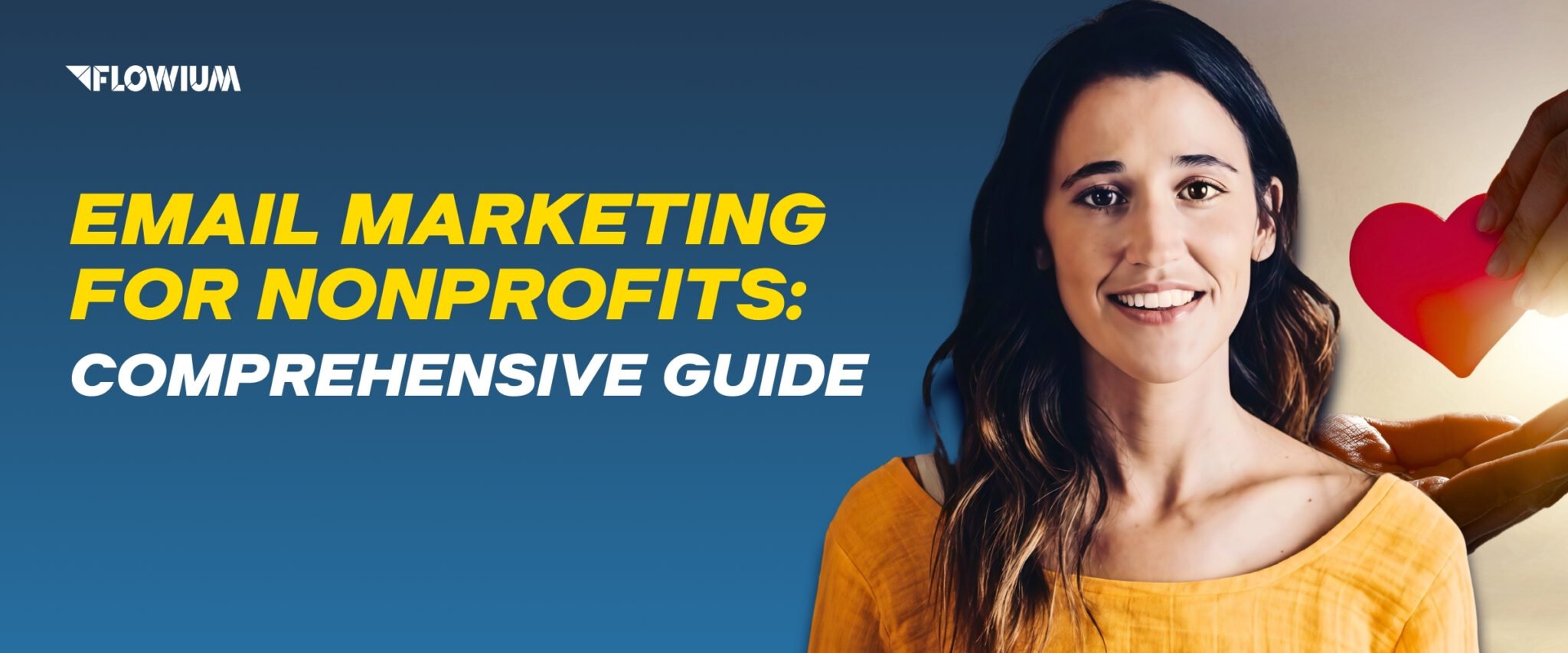Marketing is much more effective when it is not just general, but focused on a specific audience segment, or even better, a specific customer. Targeted marketing is exactly what provides such approaches, allowing you to connect with the user directly. It will help you create relevant emails and more, attracting clients and increasing your open rates. Dive into our article to learn what targeting is and how to become an expert at it.
What is Targeted Email Marketing?
Let’s define email targeting in general terms:
Targeted email marketing is a marketing strategy designed to tailor emails to a target audience based on customer data regarding their interests, behavior, demographics, etc.
Before launching a targeted email marketing campaign, you need to thoroughly research market statistics and consumer trends. You’ll never know for sure what will resonate best with your clients. Nevertheless, you can get a general idea thanks to the following features:
- Customer loyalty program
- eCommerce metrics
- Advanced analytics and reporting
- Review programs
The goal of targeted emails is to build closer, more loyal, and longer-lasting relationships with subscribers. Targeted emails enhance personalization, resulting in higher open rates, click-through rates, and conversions.
Email Targeting Benefits
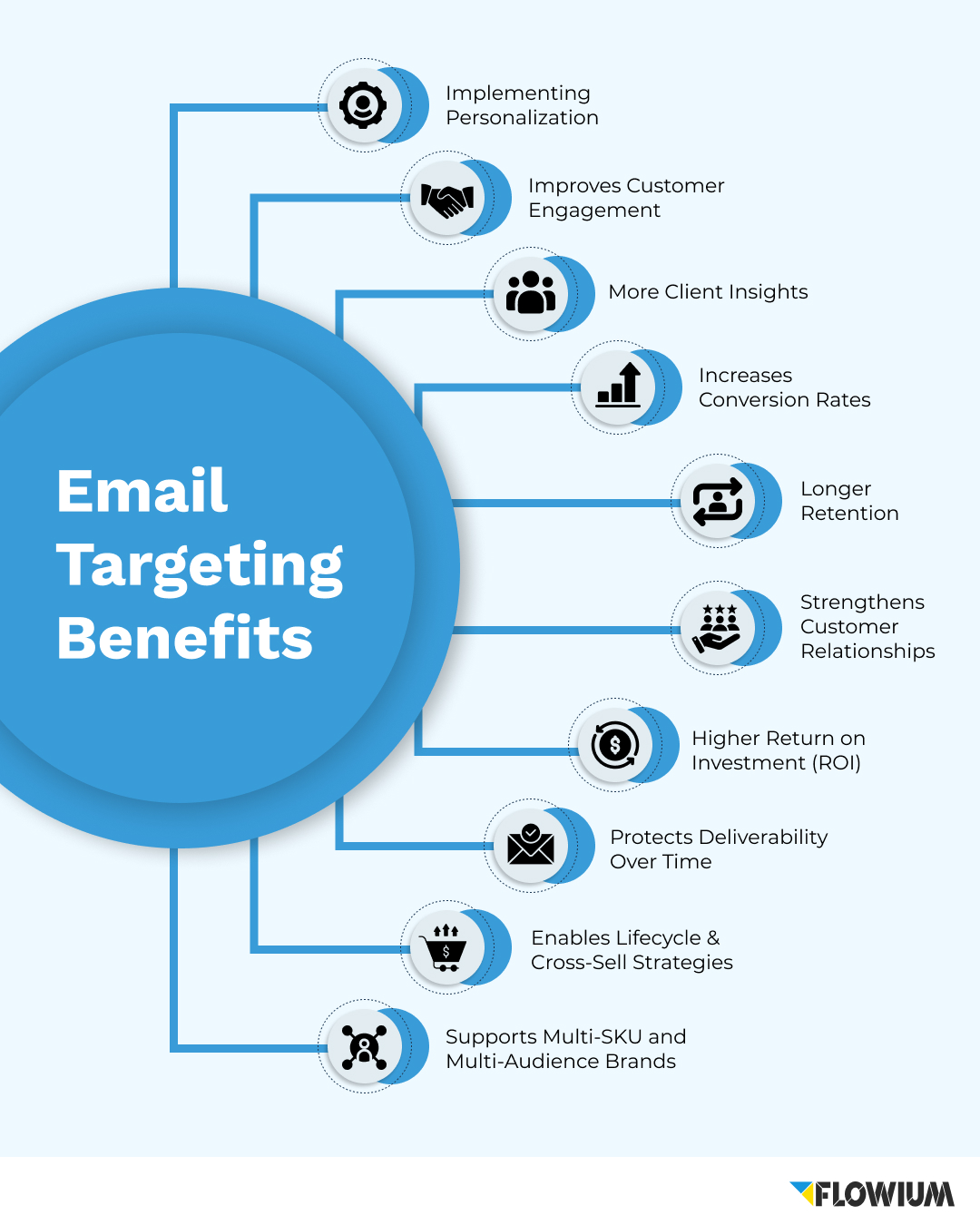
Email marketing platforms such as Klaviyo have powerful CRM tools that simplify audience segmentation and subscriber data collection. Once you have a large amount of customer data, you can tailor email campaigns to their needs. All of this is part of targeted email advertising. Let’s review the benefits it can offer you.
Implementing Personalization
Thanks to the data collected and the principles of targeted email marketing, your campaigns will become more personalized. Start creating personalized emails based on personal data or audience segments.
“Targeted email marketing isn’t just a best practice — it’s a revenue safeguard. In our work, we see the difference immediately when we segment based on gender, purchase behavior, or engagement level. For brands with broad product catalogs, every email is an opportunity to reinforce relevance and respect your customer’s attention. The more personal it feels, the more effective it becomes.”
— Tanya Chandik, Senior Strategist at Flowium
Improves Customer Engagement
Targeted marketing strategies are designed not only to increase personalization but also to make clients engage in interaction. Such interaction can be product reviews, participation in surveys, etc. In other words, loyalty developed by target email marketing will improve communication and connection, resulting in higher brand awareness.
More Client Insights
Sending target emails gives you more real-time insights about your subscribers, which leads to detailed analytics and reporting. An example of such insight is the reaction rate of clients to emails. This helps you gain valuable information about your clients and whether they are ready to purchase.
Increases Conversion Rates
Launching targeted email marketing campaigns sets up clear communication and content relevance, giving you a thorough understanding of your audience. All these benefits will lead to increased conversions. The main point of targeted emails is that people perceive better when they feel that the message is addressed specifically to them.
By focusing on tailoring content to subscribers, you will eventually notice that timely and targeted emails can significantly improve your ability to convert prospects into paid customers and more.
Longer Retention
Targeted email marketing allows you to show users not general content, but highly relevant one. When they receive something they prefer, it will make them return to your brand. That is, they will see not just general offers, but those that resonate with them. This will keep them staying with you longer, increase their lifetime value, and turn them into loyal consumers.
Strengthens Customer Relationships
Relevant emails that are tailored to your clients’ preferences make them feel valued and heard. This encourages them to get closer to your brand and become a part of it.
Higher Return on Investment (ROI)
Sending generic emails without a specific focus may seem easier, but according to statistics, it mostly leads to poor engagement and minimal returns. As a result, you waste your time and energy on ineffective outcomes.
Targeted email marketing helps you focus your efforts where they matter the most, on your recipients. This approach leads to better results and maximizes your ROI over time.
Protects Deliverability Over Time
Sending irrelevant campaigns to large segments leads to low engagement, which ISPs notice. Consistently low open rates increase the risk of landing in spam. Targeted emails help maintain strong open/click rates and sender reputation.
Enables Lifecycle & Cross-Sell Strategies
Targeting isn’t just for demographics, it also applies to where someone is in their journey. New subscribers need education; recent buyers need follow-up; past customers need re-engagement. Plus, recommending the right next product is only possible if you’re segmenting properly.
Supports Multi-SKU and Multi-Audience Brands
For brands with wide catalogs, like apparel, beauty, or CPG, audience fit is key. A campaign for men’s grooming products might underperform if sent to your entire list. That same campaign, sent only to those who bought or browsed men’s items, will feel curated.
Segments of Targeted Email Marketing
Targeted email marketing focuses on client segments grouped according to a specific principle. There is a wide variety of such principles, and targeting is divided into types based precisely on them. We present the principles according to which you can group your audience.
Demographic Similarities
Demographic similarities include a variety of factors such as age, gender, location, job position, income level, and others. Such personal data is mostly collected through questionnaires sent to subscribers to fill out themselves. Although some of this data is very private, its advantage lies in the fact that it can be used to create highly personalized content.
Example: With data about particular customers with kids, clothing brands can run seasonal email campaigns for children’s clothing.
Regional and Geographic Data
This principle is basic and straightforward: you segment subscribers according to the region they live in. There are countless ways to find out the approximate location of a customer. Although this data is not in-depth, it offers many opportunities for promotion. These opportunities may include leading maps to the nearest location of your store or your product.
Example: Let’s take clothing stores as an example again. Depending on the region, they can determine the weather or temperature in a specific area and offer clothing appropriate for the weather conditions.
Device Features
Device specifics are a useful feature for targeting that is needed to target and optimize emails for different devices. Optimizing your emails for both mobile and desktop devices is very important for reaching your audience. You should adapt dynamic sections of your emails to each condition so that the recipient can access them seamlessly.
Example: The example is just as obvious: if your eCommerce website is accessible from any device, your emails should be too. With the help of targeting, you can change the amount or resolution of media in your emails depending on the device to improve load time and readability.
Customer Behavior
Tracking with cookies is almost ubiquitous. If the user agrees to accept them, you can customize content according to their online behavior. Usually, entire automated workflows are developed for different client activities, which are launched by certain triggers initiated as a result of the client’s actions.
Example: An example of such tracked behavior can be browsing and shopping cart abandonment, or browsing a certain product category, according to which stores recommend similar products. There are numerous instances of segmentation and automated flows linked to behavior. Behavior may include inactivity, purchase frequency, which relates to RFM segmentation, and many others. Generally speaking, behavioral targeting covers the entire customer lifecycle.
Examples of Targeted Email Marketing Campaigns
Check out tried-and-tested examples of targeted email campaigns to get a better idea of how they work.
Adidas
Targeting segment: Demographics
A common example of demographic grouping is gender segmentation among clothing brands. Gender-targeted emails may differ in terms of offers, visuals, and content in general. As an example, Adidas shows different media depending on the recipient’s gender by using dynamic content. Users receive content targeted to them, and the brand increases the relevance of an important factor.
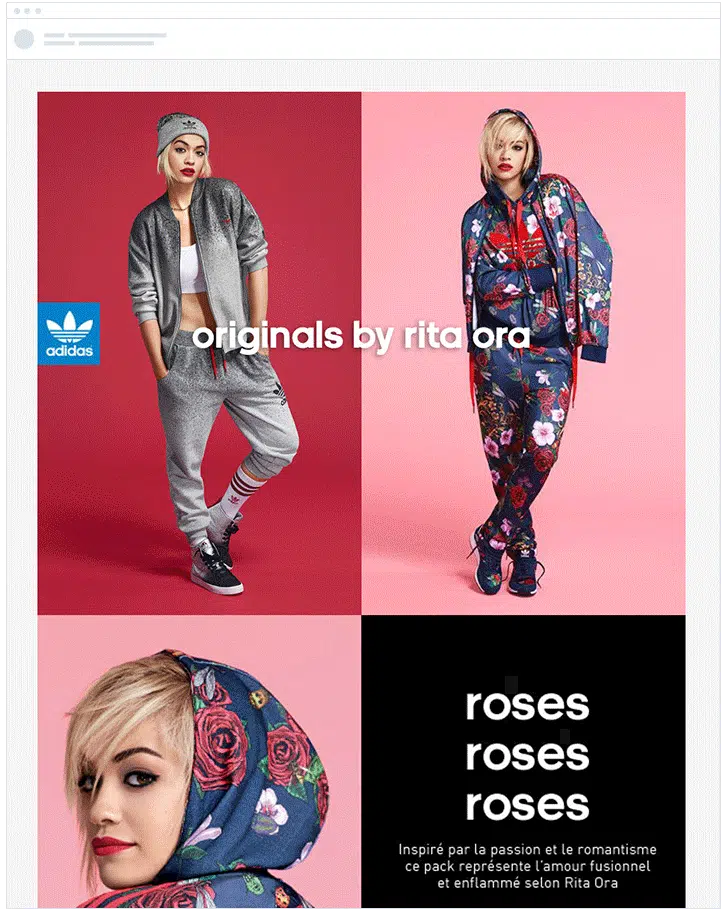
Mamas&Papas
Targeting segment: Geolocation
There are 2 simple ways to find out the geolocation of a subscriber. You can ask for their postcode, or even easier, ask for permission to determine their geolocation. Geolocation targeting is most common among commercial retailers. It brings them significant benefits by increasing sales of physical stores. A subscriber who is interested in your products is more likely to visit a local store to buy them if you provide them with a map of the route. Such a map can be seen in the Mamas&Papas email.
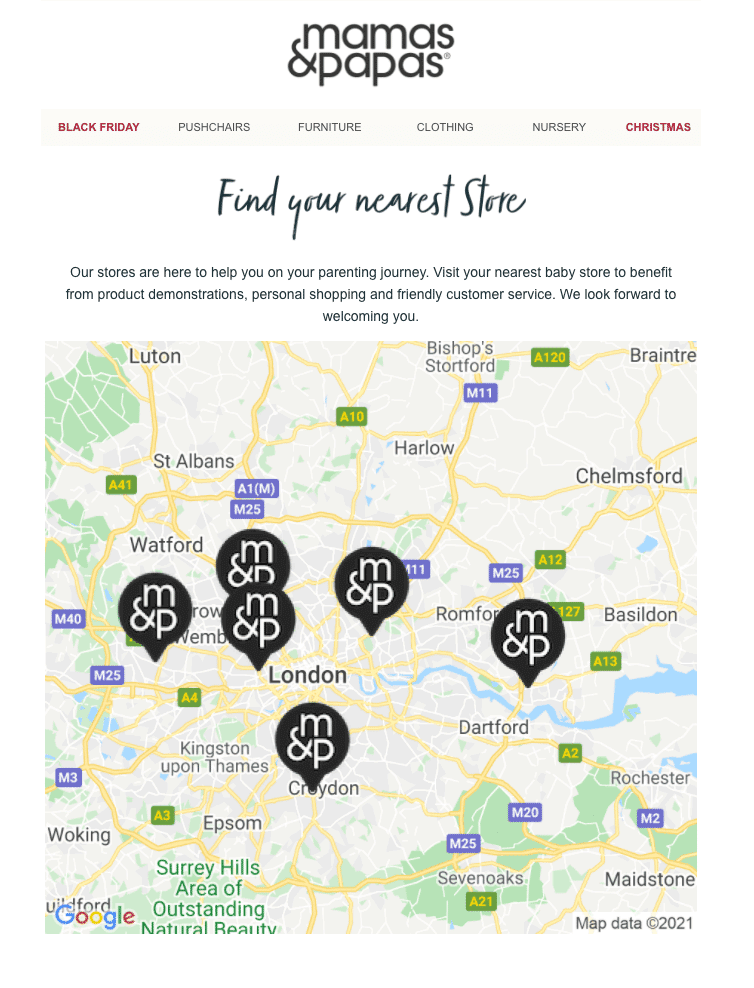
Baking Steel
Targeting segment: Devices
As an example of a target email that cares about looks on different devices, we took an advertising email from Baking Steel. Their high-quality email shows how optimized content looks on different devices. Notice how, regardless of the device’s features, the email adaptively and effectively displays products and promotions. Baking Steel has been using similar designs for a long time and has already proven their effectiveness, but they are not the only ones on the market; this strategy has been around for a long time.

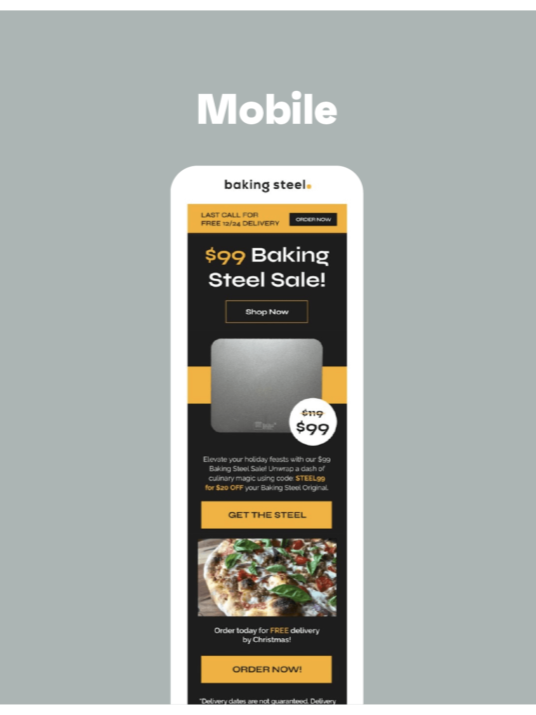
To’ak Chocolate
Targeting segment: Behavior
As an example of targeted email marketing based on customer actions, let’s take an email from To’ak Chocolate dedicated to an abandoned shopping cart. Such personalized, timely emails are used to bring buyers back to make a purchase, thereby increasing sales. In this targeted email, they show which items remained unpurchased in the cart and encourage the customer to complete the order. For better effect, they added a link to a tasting guide.
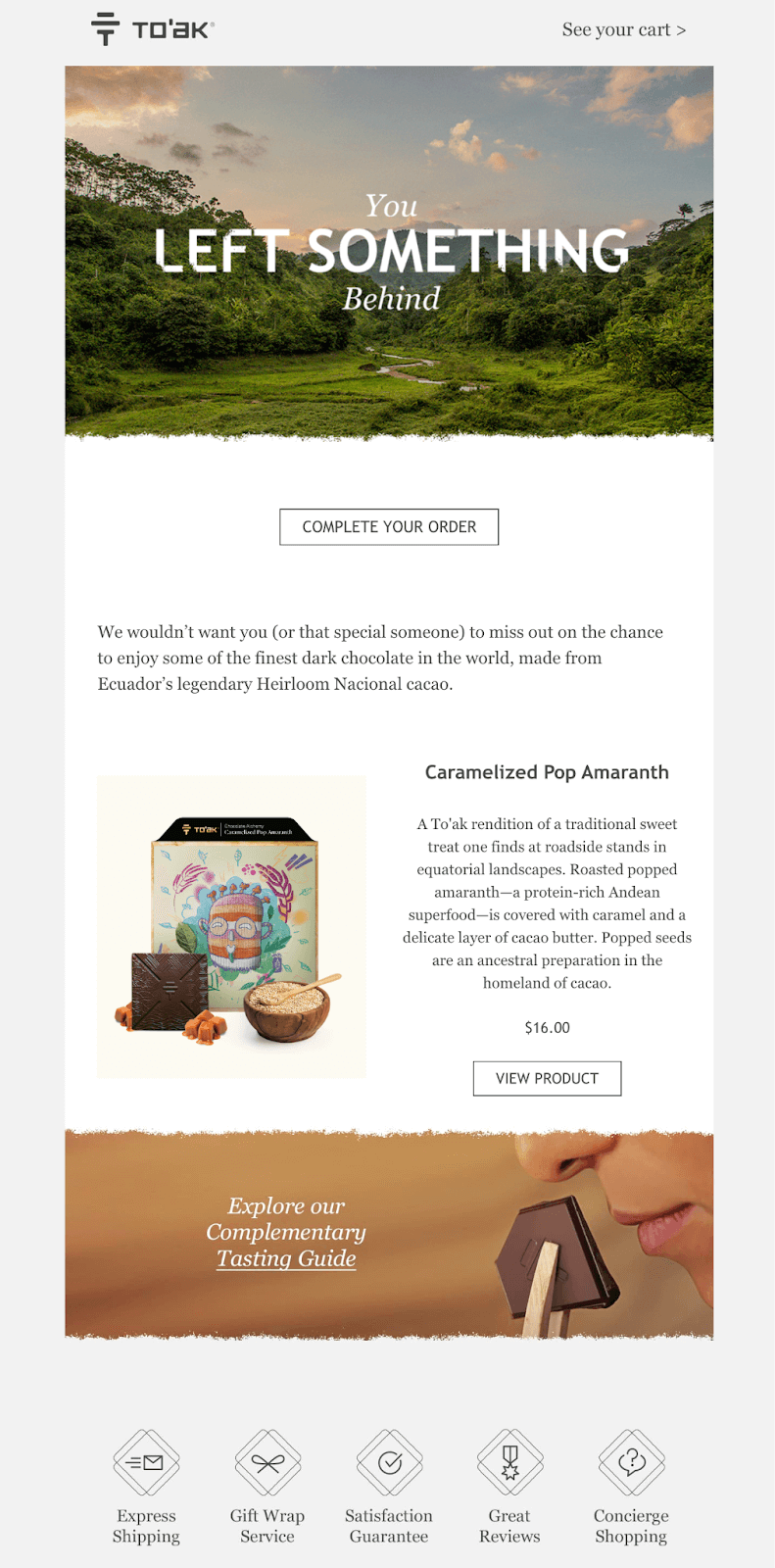
Targeted Email Marketing: 12 Implementation Tips
After researching and gathering all the necessary information about your audience and identifying your key segments, it’s time to move on to creating targeted emails. When creating them, it’s important to adapt the strategies of targeted email marketing to the fullest. We present you with 12 essential components of targeted emails with good performance.
1. Come Up with an Eye-Catching Subject Line
Start with the first thing users will see — the subject. It sets the tone for all engagement. The subject line is a small but crucial part of your email since it’s the first thing the recipient sees. That’s why you should put effort into making it as engaging and intriguing as possible. To figure out which subject line will catch your audience’s attention, you can use the customer data you’ve collected.
2. Add Personalization to Emails
As we mentioned earlier, people enjoy receiving emails that feel personally directed to them. Therefore, they are more likely to open and interact with the email. Personalization is a key factor in targeted emails. Mention the subscriber’s first and last name several times in the email to give it a personal touch. In the same way, you can send even template-based, generic letters, but they will still feel personalized. According to the most recent 2025 statistics from eCommerceBonsai, personalized emails have a transaction rate 6 times higher than non-personalized emails.
3. Make Your Content Entertaining
Quite obvious but a guaranteed strategy which is an integral part of marketing as such. There are plenty of ideas for entertaining content. Finding the one that resonates best with your audience will take some time but will be worth it. To find just the right content, try:
- Seek ideas from AI or proven content strategies.
- Ask thought-provoking questions that encourage responses.
- Look for unique ways to solve specific concerns.
- Focus on customer interests that attract them to your commerce.
- Make sure your content is vibrant and contains a balanced mix of copy, media, and infographics.
4. Include Clear Calls-to-Action in Emails
Clear calls-to-action (CTAs) serve as instructions of the next steps for the client, giving them a clear idea of what to do next. Regardless of the purpose, your email should always contain CTAs of different types. Make your CTAs clear and explanatory to the customer about what they need to do to interact with you further.
5. Apply A/B Testing
A full organic launch of targeted email marketing will take time and require some effort to get the most out of this strategy. These efforts involve a constant search for ways to reach your audience and create entertaining content. Of course, you will need to test these new approaches, and A/B testing will come in handy. With its help, you can make sure that you are sending the best version of your email.
A/B testing allows you to try out different components of your email before sending it to a wide audience. Discover which elements are effective and will perform well, optimize them, and send the most profitable emails.
6. Concentrate on Multi-Group Segmentation
Your audience may be completely different but still have some similarities. These similarities are part of segmentation. Identifying audience segments according to certain criteria is an integral part of targeted email marketing. There are many ways of segmentation, such as dividing by demographics, behavior, geography or RFM segmentation, which allows you to create different groups of consumers based on the recency, frequency, and value of purchases. To make the point, here are the main most relevant confirmed benefits of segmentation provided by the sources Campaign Monitor, Influenctor and Cyberimpact:
| Benefit | Increase percentage |
|---|---|
| Revenue growth | Up to +760%📈 |
| Open rate | From 14 to 39%📈 |
| Click-through rate | From 60 to 101%📈 |
| Deliverability rate | Up to 14.3%📈 |
| Engagement index | Up to 233%📈 |
7. Automate Targeting to Scale Up
Automation is an integral part of email marketing for large-scale commerce. It helps you segment your large email list and personalize every email you send. The reach grows without losing the personal approach.
8. Take Advantage of Artificial Intelligence
AI is growing fast in all areas and is becoming a must-have tool across industries. AI built into your email marketing tool can help you create the most relevant and targeted campaigns. With AI, you can get instant, in-depth analysis of customer data.
You will save time, and artificial intelligence will determine which newsletters are best suited to the recipient based on data about their demographics, behavior, and so on. This approach will facilitate many processes such as segmentation, personalization, testing, automation, and others. Based on the latest statistics, the Notify Visitors portal assures that AI-powered emails have a 20% higher open rate and a 15% higher click-through rate.
9. Unify and Connect All Your Channels
To set up a seamless real-time data flow, connect all your channels together. That means unifying your CRM, SMS, push notifications, and email marketing platforms with your online store. An excellent option would be if your email marketing platform already has built-in CRM features. Before connecting, make sure that your platforms support integration. Once you have connected everything, you can use built-in integrations or APIs to consolidate all the necessary information in one place.
10. Create Individual Contact Profiles for Each Segment
Creating a contact profile will really help with personalization because you’ll always know who you’re sending emails to. This is a key part of targeting, which means you need to create a customer profile for each segment. If you want to get to know your clients, creating profiles is a must. A contact profile should and may contain the following information:
- Symbolic or real name
- Place of work or position
- Hobbies, preferences
- Demographic data such as age, gender, place of residence, income, and family composition
It is not required to have all of this data, but the more you have, the better. Such profiles will help you get a clearer picture of your audience and improve your targeted email campaigns to meet their needs. Profiles are necessary for creating segments. By finding common customer characteristics, you can create a special plan for them, thus creating new, unique segments.
11. Track and Analyze Metrics
Tracking key performance indicators (KPIs) has always been important, regardless of the industry. The same applies to your email campaigns. The metrics and the benchmarks we provide below should be monitored not only for targeted marketing but also for email campaigns in general (the benchmarks are based on our research). These metrics include:
- Open rate. A low open rate means that your subject lines and email topics need more creativity. A good email open rate should be between 30-40%.
- Click-through and conversion rates. These metrics indicate the effectiveness of your CTAs and the relevance of your content. A good click-through rate should be between 3-7%.
- Unsubscribe rate. The unsubscribe rate, of course, reflects audience satisfaction and content appeal. A good email open rate should be between 0.2-0.05%.
These are just the most basic metrics; you can track more metrics if they align with your marketing goals. By tracking metrics, you can understand and analyze which areas of your campaigns need improvement and more effort.
12. Collect Data Legally
It is important to comply with legislation when collecting and using personal data about users (in particular GDPR, CAN-SPAM, CCPA, CASL). This means obtaining the user’s consent to receive newsletters, the use of cookies and tracking, and providing an easy way to unsubscribe. You are required to request consent and be transparent in your data collection policy. Failure to do so may result in fines (for example, in the EU, GDPR violations can result in fines of up to €20 million, or 4% of global annual turnover) or blocking.
Targeted Email Marketing Mistakes to Avoid
We have compiled a list of the most common mistakes marketers make when creating targeted campaigns so that you can avoid them.
- Insufficient segmentation. Targeted campaigns with a minimum amount of segments won’t fully unlock the potential of targeting, but will only slightly reduce the generality of emails. This way, you’ll keep sending irrelevant messages, reducing the interest of recipients.
- Lack of optimization. Without optimization for mobile devices, your content will be unreadable, causing you to lose a huge mobile audience.
- Overlooking deliverability. Another common mistake is overlooking deliverability and technical best practices, such as skipping email authentication with SPF, DKIM, and DMARC, which results in emails being marked as spam or never reaching users. This mistake is especially critical after the introduction of new rules for incoming messages from Gmail and Yahoo in early 2024.
- Neglecting analytics and list cleanliness. Campaign optimization is significantly reduced if you ignore bounce management, avoid removing inactive subscribers, and skip A/B testing.
- Poor use of customer data. Some customer data, such as gender, geolocation, and product preferences, is collected by eCommerce stores automatically without any additional effort. However, without targeted email marketing, this data usually remains untapped.
“Basic customer data such as gender, location, product preferences, etc. are collected automatically and if you aren’t using it to tailor campaigns… you’re sitting on untapped ROI. Targeted marketing helps unlock that.”
— Tanya Chandik, Flowium
Tools for Effective Targeted Email Campaigns
To achieve the greatest results when launching targeted email campaigns, you will need the best online tools. If you don’t have them yet or are missing some, below we will recommend the top tools on the market for any purpose.
Platforms with the Best Automation and CRM Features:
- Klaviyo is not only the best email marketing platform as it enhances email campaigns with eCommerce data, but also offers advanced and unique CRM features and automation.
- MailerLite is a popular platform among novice marketers. It is suitable for businesses with small contact lists and provides a convenient UI with automation features.
Free Services for Email Campaigns:
- Brevo (formerly Sendinblue) is a platform that provides a comprehensive solution for multi-channel sending, CRM, and the use of AI algorithms.
- Sender offers a multifunctional free plan and powerful automation options.
- ActiveCampaign combines email marketing, automation, CRM, AI features, and offers over 900 integrations.
Final Thoughts
After examining all possible benefits, we can conclude that targeted email marketing is an integral part of email marketing as such. When diving into this advertising field, personalization and targeting are among the first features you should implement. The various statistics we have cited confirm our statement that such emails bring incredible benefits to your campaigns. Thanks to the tips we have provided, you will be able to get the most out of them without much effort.
You can launch email targeting campaigns effortlessly and with guaranteed best results with the help of our services. We at Flowium are long-standing experts among email marketing providers. We are unmatched in our knowledge of personalized targeted campaigns and have proven our effectiveness. Contact us and get the most relevant emails right now!
